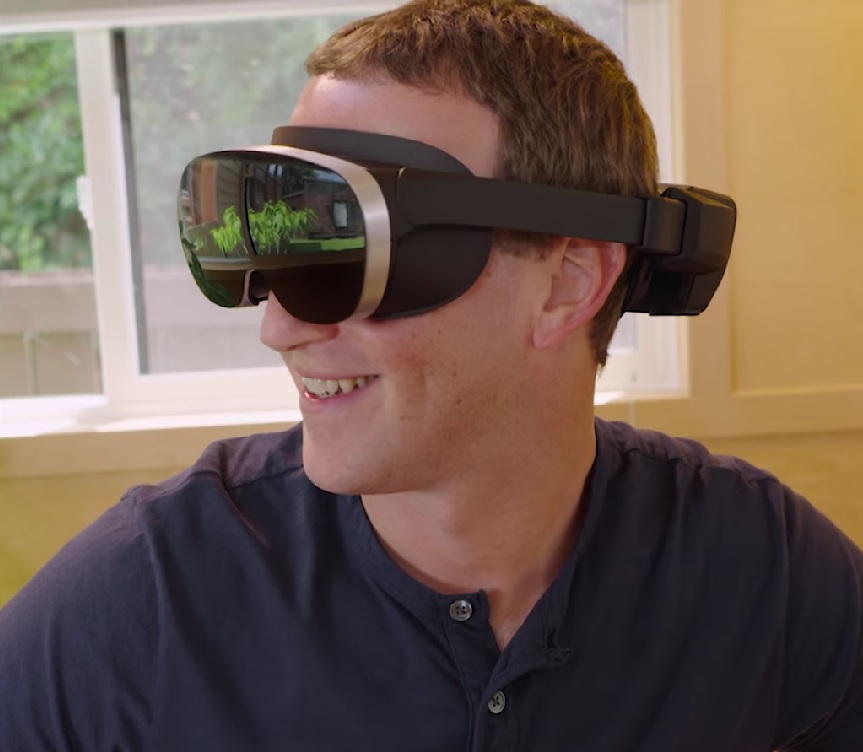Reality Labs from Meta showed new prototypes of VR headsets that bring us closer to hyper-realistic graphics. New products are still far from the commercial market, but designs called Butterscotch, Starburst, Holocake 2, and Mirror Lake allow you to better imagine a headset that will replace the current Quest 2, reports The Verge.
Prototypes were shown at a virtual roundtable with Mark Zuckerberg and leading Reality Labs scientist Michael Abrash. The meeting was dedicated to what Meta calls "time machines" - bulky devices designed to test a single function, such as a bright backlight or a screen with ultra-high resolution.
"I think we’re in the middle right now of a big step forward towards realism. I don’t think it’s going to be that long until we can create scenes with basically perfect fidelity. Display tech isn’t the only unsolved piece of that puzzle, but it’s an area where Meta’s intensive VR hardware research gives it a leg up," says Zuckerberg.
VR-headset under the name Project Cambria is planned for release this year. However, Meta is developing two lines of headsets: one that will remain cheap and consumer-oriented, like today's Quest 2, and one of the latest technologies aimed at the "professional level" market.
The prototypes that Zuckerberg talks about show the company's achievements in this field.
Butterscotch is an attempt to create a display that is close to the retina. Something similar can already be found in high-end headsets like the Varjo. Butterscotch's design doesn't even look like a commercial one, and developers have been forced to reduce Quest 2's 110-degree field of view by about half. However, the prototype's display resolution is 2.5 times higher than Quest 2 - 1832 x 1920 pixels per eye. According to Zuckerberg, this offers 55 pixels per degree of field of view and allows you to read all the lines on the plate to check your vision.
Starburst looks monstrous, but tests an equally impressive update. The bulky device uses a powerful lamp that allows you to achieve HDR lighting with a brightness of 20,000 nits.
Half Dome can shift focal planes depending on where the user is looking. This will help create a more convincing and physically comfortable illusion of depth in virtual reality.
Holocake 2 is moving in the opposite direction, exploring the possibility of making headsets lighter and thinner. It is the successor to the 2020 design, built on holographic optics - light refraction technology that allows an almost flat panel to replace thick lenses. As a result, the headset can be as thin as sunglasses. However, Meta is still working on a light source for her - most likely a laser.
Mirror Lake was not physically created like previous prototypes. Its design reminds more of ski goggles than a Quest headset. Mirror Lake is planned to combine Holocake 2 thin optics, Starburst HDR capabilities and Butterscotch resolution. According to Abrash, the prototype shows what such systems will look like in the future.
Mirror Lake will also have an external display that will project the user's eyes, reducing the feeling of physical isolation for people outside the headset. Meta showed this feature in a prototype last year.
Obviously, Mark Zuckerberg is betting big on the development of mixed reality and the company is consistently taking steps forward.


